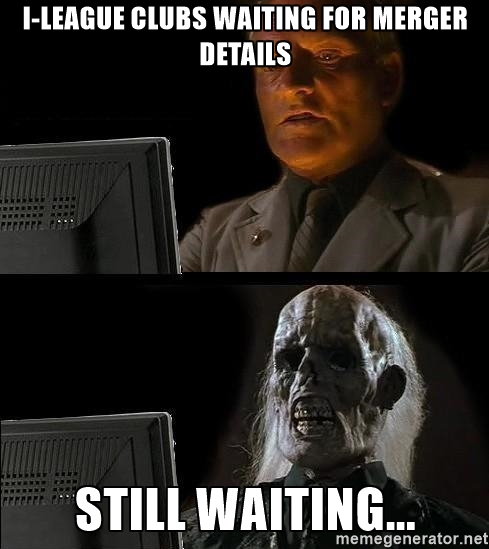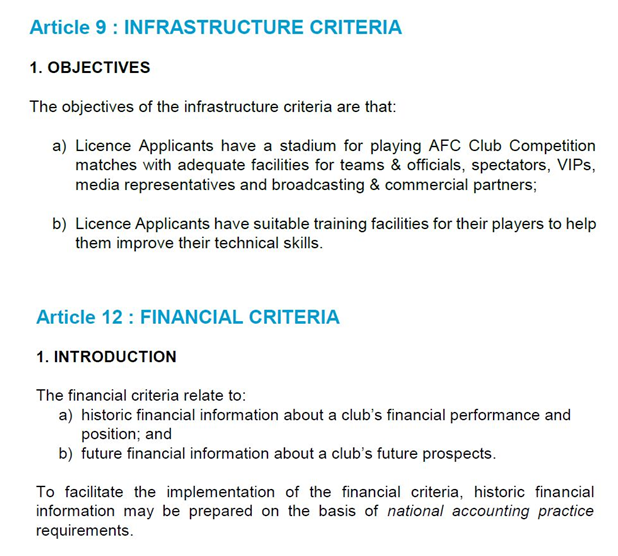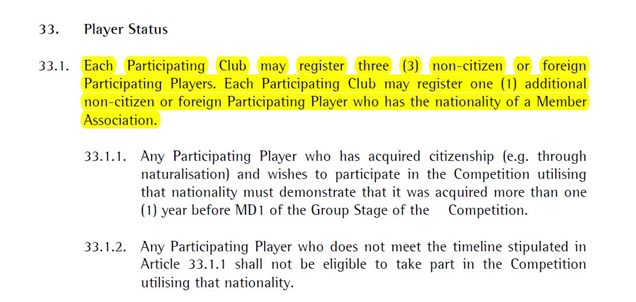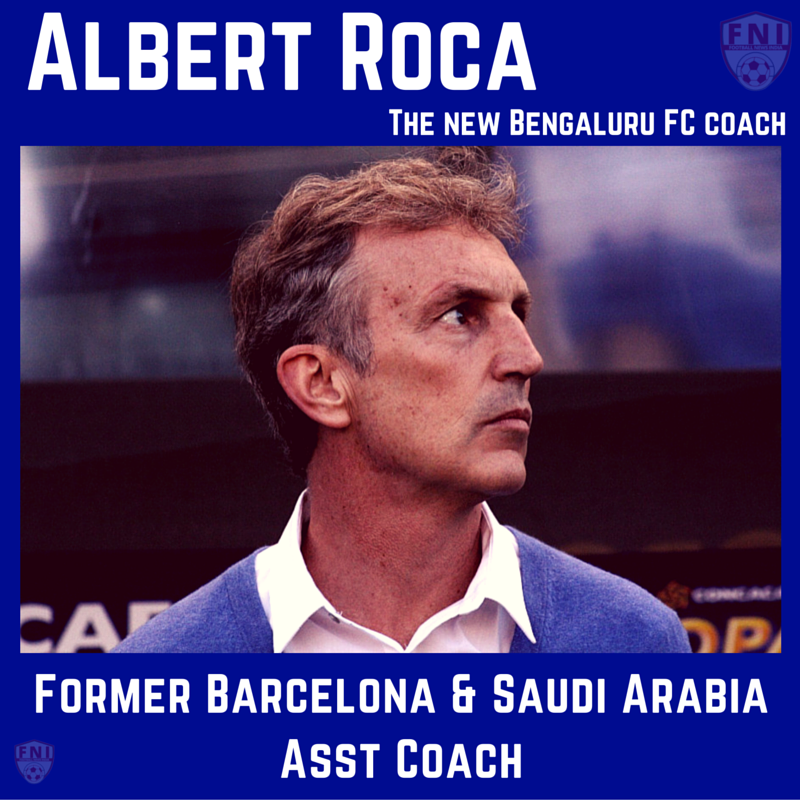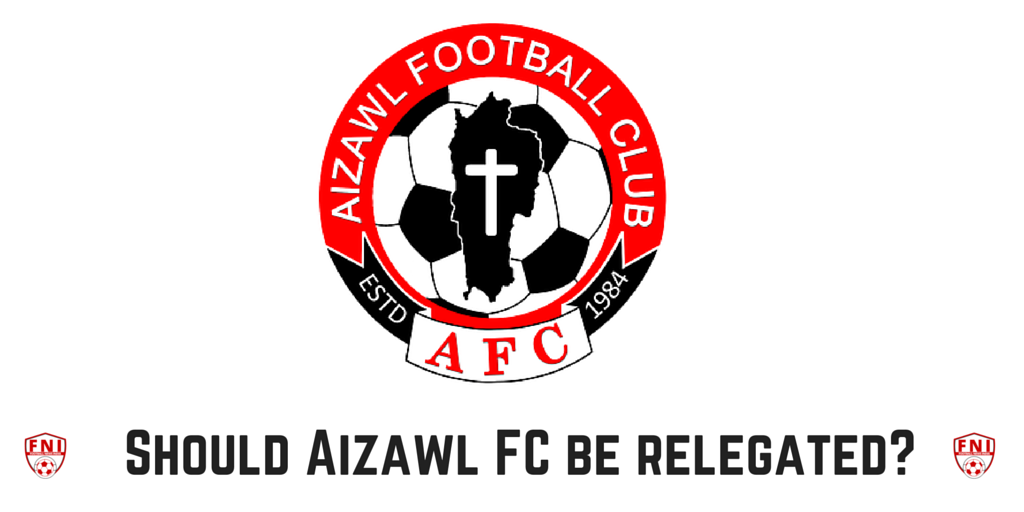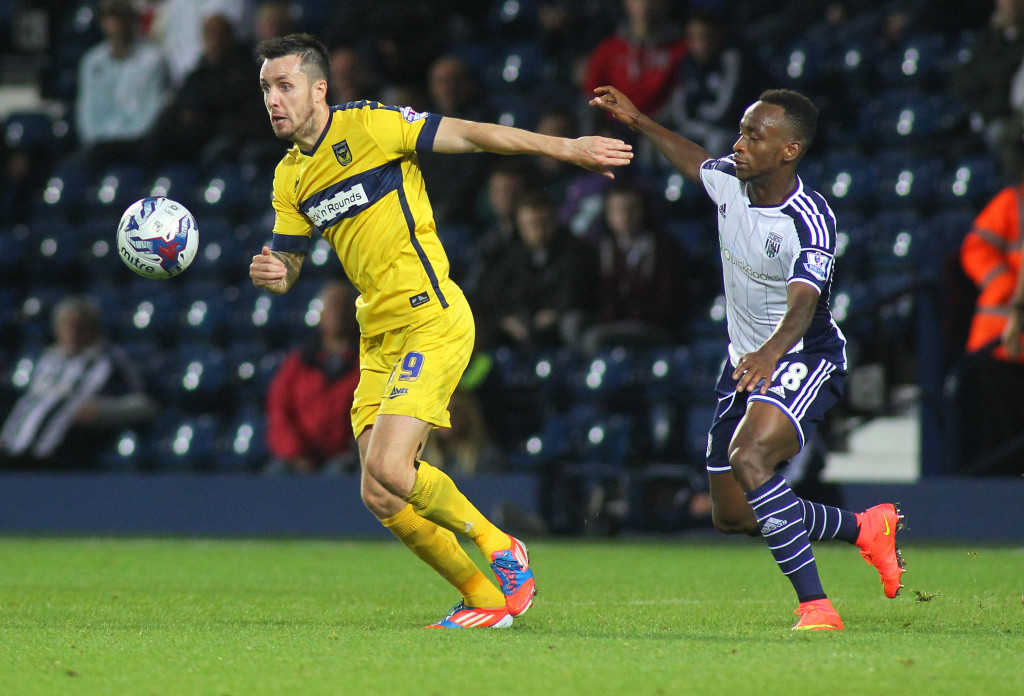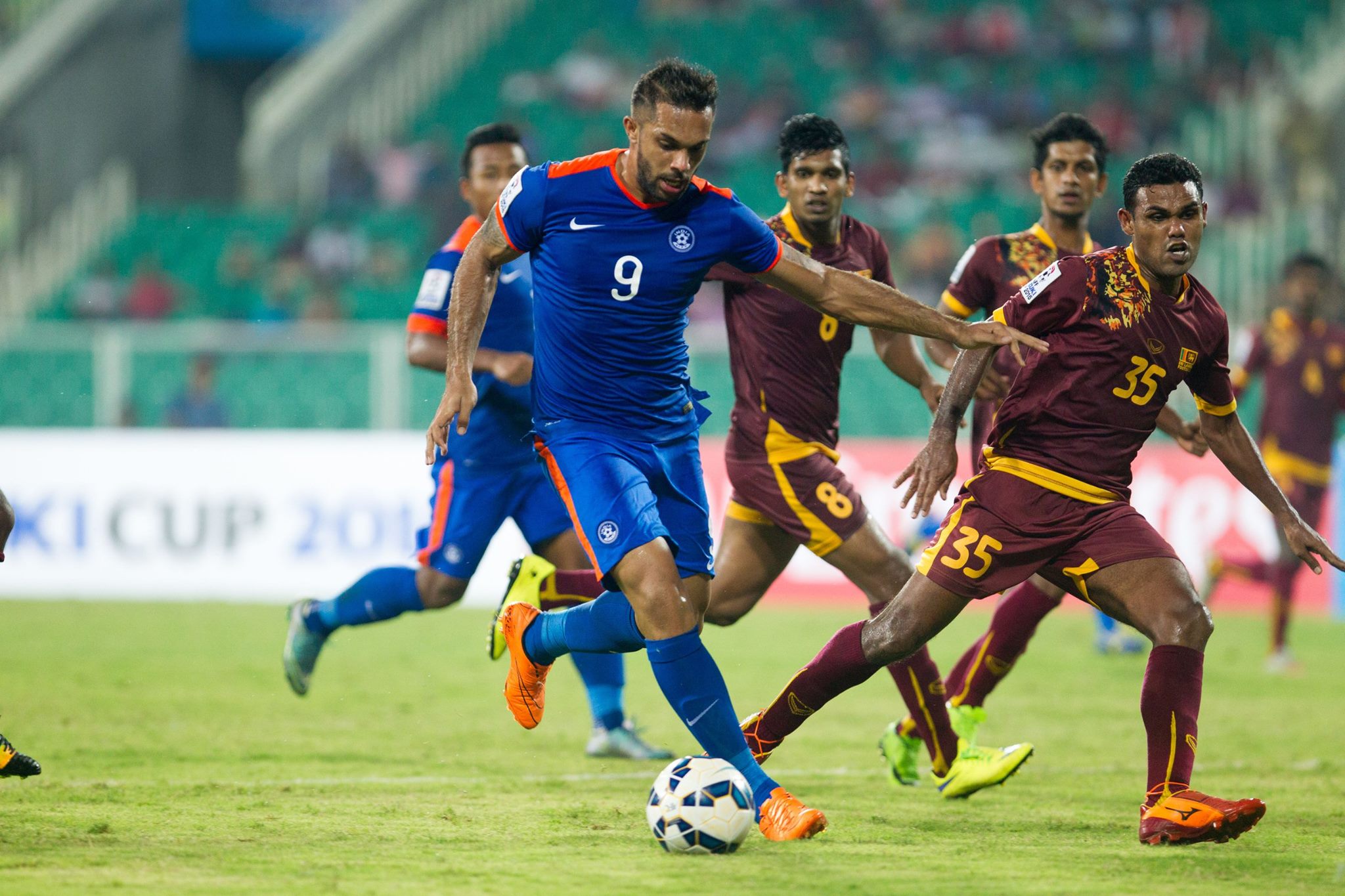Rising to the Top: Kishore S Reddy on Sporting Club Bengaluru’s Remarkable Journey
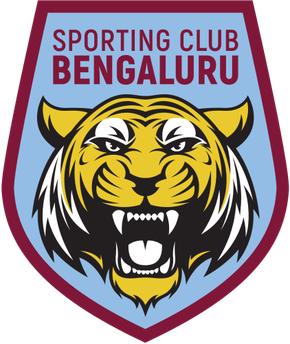
We recently caught up with Kishore S Reddy, CEO of Sporting Club Bengaluru, to discuss the club’s impressive journey, his personal football experiences, and future aspirations. In this insightful interview, Reddy shares the club’s rapid ascent through the ranks, the importance of local talent, and how Sporting Club Bengaluru aims to make a lasting impact on Indian football.
Q: Can you give us a brief overview of Sporting Club Bengaluru’s journey so far?
Kishore S Reddy: Sporting Club Bengaluru has had an exciting journey, marked by significant achievements and growth. In the 2022-23 season, we debuted in the Bengaluru Super Division league and emerged champion, and qualified for the I-League 2. That’s when AIFF rejigged the pyramid and introduced I-League 3. We topped the group after edging Diamond Harbour and then went to finish inn the top 3 of I-league 3 and qualified for I-league 2. In I-league 2, we competed with very strong teams, won 11 out of 14 matches and emerged winners there by securing the qualification to I-league. All in a span of two odd years.
Q: Tell us about your early football experiences in Bengaluru.
Kishore S Reddy: For me, I’ve always been passionate about football, influenced by my family’s army background and my uncle, who played football in the intra-services. My sports journey started pretty early in my life as I started off in athletics and winning laurels in sprinting and other disciplines. I had started playing football too way before our family settled in Bengaluru. In Bengaluru, my sporting life took off at KV DRDO, CV Raman Nagar, where I participated in athletics and football and won medals for the school in various competitions. Just as many in my generation, I got Inspired by Maradona, and my love for football only grew through my school, college, and university years. In Bengaluru, we had smaller tournaments where even professional players and semi-professional players participated. I had a team called Anti-Virus, and we played in a lot of these tournaments and got introduced to many of the talents in Bengaluru. Unfortunately, I had to stop playing due to an ACL injury. During my playing time, I observed professional players from HAL and BEML, which fuelled my fascination with Indian football, especially in the early 2000s. I met players like Alex Praveen, who is also the assistant coach of SC Bengaluru now and Chethan Kumar, who was captain of Karnataka Santosh Trophy during my playing career in Bengaluru. In 2014, when Ozone FC came into existence, and I represented many of these talents and placed them in Ozone FC which went on win the Super Division Title in the debut season itself.
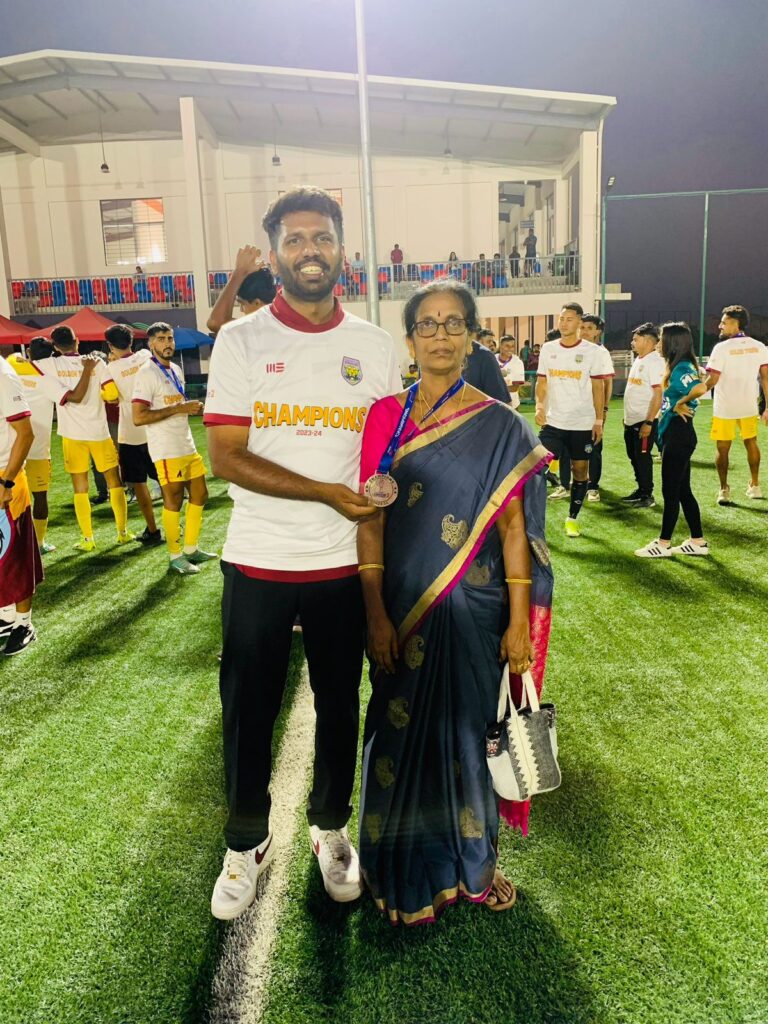
Q: How did you transition from playing to managing and promoting football?
Kishore S Reddy: My transition began in the final year of my engineering when I joined Kshatriya Sports in 2013 and worked there for a year. That is where I my met my future business partner Prithvi Ramakrishnan as well. During that period Bengaluru was witnessing an artificial turf boom as well. This got us thinking, and we got involved in the pay & play scene for a while. Most of the football plating nations have strong amateur league or Sunday leagues but in India we lacked that. We saw an opportunity there and started The Amateur League (TAL) in 2014, which went on to become a big hit that we expanded even to Delhi in 2016.
Q: How did Sporting Club Bengaluru come into existence?
Kishore S Reddy: Post-pandemic, we brainstormed about the direction that TAL needs to take. I had some thoughts regarding establishing a professional team in Bengaluru and I divested my stake in Sports Paddock, the parent company of TAL and set out to realize my ambitions. I did a lot of research at that point and realized that in the next decade or so, ISL clubs are likely to break even, and there’s potential for promotion to the ISL from I-league. I started scouting for investors to set up a professional club, and in early 2022, we collaborated with Sporting Group International from the UK. Their CEO, Mr. Adrian Wright, who was also a former board director at West Bromwich Albion, along with his partners Kulbir Sohi and Tony Sohi, invested in the club in a personal capacity and established Sporting Club, Bengaluru.
How important is the “local connect” factor for Sporting Bengaluru?
Kishore S Reddy: It is very important for Sporting Bengaluru. We are always on the lookout for local talent and promoting them. So far, we have given a lot of opportunities to local talent and will continue to do so in the future. I have a very interesting anecdote to share in this regard. In our 2022-23 debut BDFA Super Division League season, we took on Kickstart FC, yet another side from Bengaluru that promotes local talent. That match drew around 3,000 spectators to the Bengaluru Football Stadium, which is a testament to the fact that we are always trying to promote local talent. Additionally, the good work we’ve done with TAL, including the first Baby League at FSV, has built a strong foundation and goodwill for us.
Q: What’s your approach to recruitment and team building at Sporting Club Bengaluru?
Kishore S Reddy: Our recruitment is heavily data and technology-driven. I’ve drawn inspiration from other figures in the Indian football ecosystem, like Gokulam Kerala FC’s president VC Praveen, and observed the methods of those who have successfully built teams. Internationally, we want to emulate clubs like Brighton and Brentford, who recruit young talents, develop them, and then sell them to make profits. We have already managed to do that with some young talent. We focus on having a strong foundation and continually redefining our strategies. For the I-League, we are looking for young, promising foreign signings who add value without compromising our principles. We have a mix of Karnataka players and talent from across the country.
Q: What are your thoughts regarding the BDFA Super Division League?
Kishore S Reddy: The BDFA Super Division has significantly improved under Mr. N.A Harris and M. Satyanarayan’s leadership, and this is what has translated into Karnataka’s success in the Santosh Trophy.
Now, Karnataka has one of the best youth leagues – YPL that is being conducted for various age groups, and for the seniors the Super Division, A, B and C division league with many clubs vying for the title. The ecosystem in Bengaluru is really thriving. Now, talents across the country are ready to come and play in Bengaluru because playing in the Bengaluru league opens many opportunities for them.
Q: What are your future plans for Sporting Club Bengaluru?
Kishore S Reddy: Our plan is to push for the I-League title, and we are planning to play the matches at the Bengaluru Football Stadium, hoping to draw a good amount of support for our team. We have managed to achieve so much in this short span of time, and there is only one trajectory for us: upward. The support from the local community and our focus on leveraging data and technology will play crucial roles in our success. Our ultimate goal is to make a significant impact on Indian football and provide a platform for young talents from Karnataka to shine.



